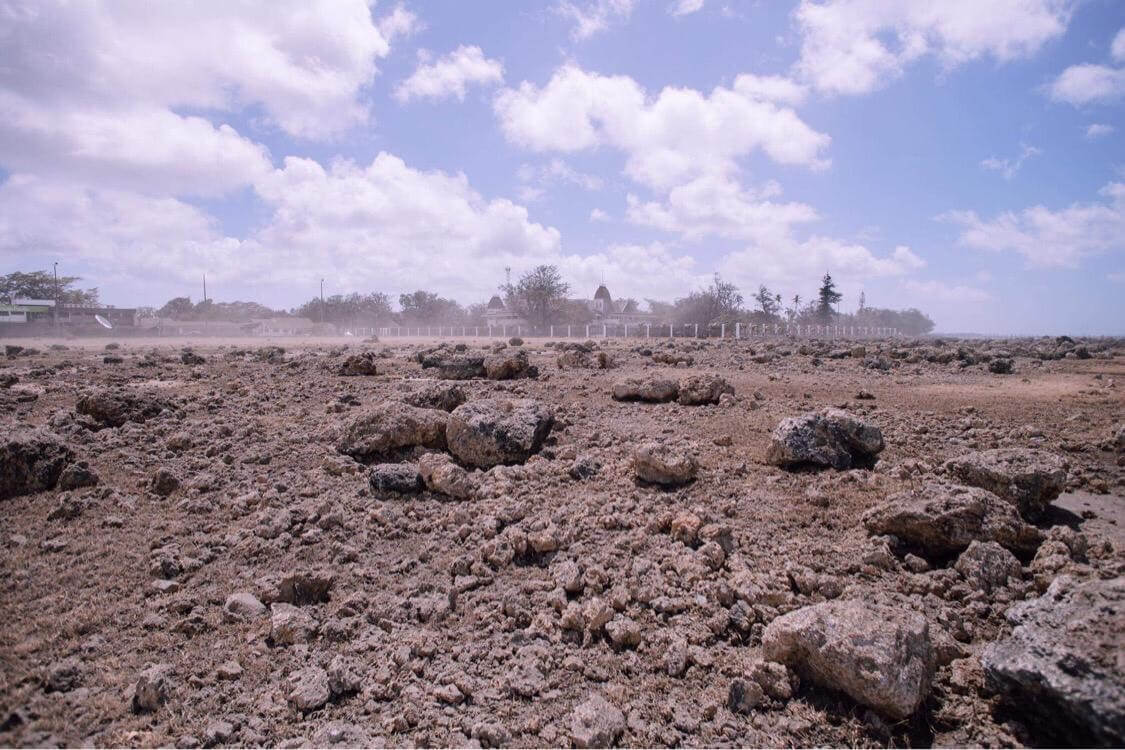When the Hunga Tonga–Hunga Ha’apai volcano erupted on January 15 this year, there were no sirens to alert the people of Tonga to the impending tsunami.
Tonga disaster reduction risk expert Ana I’K M ‘Ake said: “People relied on their own instincts and common sense and ran for higher ground.”
“The tsunami early warning system around the world was not prepared to respond to a tsunami like the one caused by the Hunga Tonga volcano explosive eruption,” Aditya Gusman, a specialist from New Zealand’s Geological and Nuclear Science (GNS) said in a recent discussion on lessons learned from the event.
In the months prior to the major eruption, there were tell-tale signs said ‘Ake. “We had fireworks from the volcano, people were warned of ashfall and that the water supply may be contaminated.”
On the morning of January 14th, residents of Tonga’tapu and Ha’apai reported a strong scent of sulphite in the air and strange tidal/seawater movements. A tsunami warning was issued, but it was later cancelled.
The Tongan Geology Department continued to monitor activity. The national emergency management committee was activated and dispatched water to Haápai, where ashfall had contaminated water. Tongans elsewhere went about their usual Saturday morning business, shopping and preparing for Sunday.
In an emotional presentation, ‘Ake describes what came next. “At approximately 5.20pm on Saturday afternoon, the blast was heard all across Tonga’tapu and it was deafening, the siren did not ring. People’s instincts took over and they evacuated in a panic to higher grounds, causing traffic jams. They relied on their learning from past experiences through tsunami drills, and warnings.
“The police were dispatched to coastal zones to evacuate people. Emergency responders were dispatched to the waterfront of Nukualofa, warning residents to move inland immediately. Soon after the mushroom cloud covered the skies, pumice fell from the sky, obliviating any light. Ash fell and blanketed Tongatapu, Ha’apai, and ‘Eua.”
On Sunday morning, the National Emergency Management Office (NEMO) in Tonga conducted an immediate disaster management assessment, estimating 85,000 people had been affected. About 2,390 people were displaced and four deaths were recorded. “Mango island was completely wiped out, ‘Eua wharf was destroyed, people were living in evacuation centres, and some were inside their own cars,” Ake says.
Through collaboration with the Rapid Disaster Monitoring Mapping Initiative (RDMMI), satellite imagery was supplied from outside Tonga, ensuring that partners overseas were well informed on the disaster management and needs.
The event has caused economic damage of US$90.4 million.
Senior natural hazards and disaster risk report specialist, Dr. Bapon Fakhruddin, says the impact “shows how critical the system of dependency is and how it is amplified by the vulnerable.”
He says there is a need to “better understand this growing cascading impact and possible political [impact] as well as [the] societal response, to ensure the disaster recovery is effective.”
University of Auckland Professor, Shane Cronin, has been in Tonga helping the local geoscience service understand the nature of the eruption, and collate ideas to improve monitoring of current and future eruptions. “The eruption on the 15th of January was so much larger than anything we have seen before that it has caused a large change in the local landscape,” he said.
The tools and information needed to track these events need to be improved. “There is no seismic information, there is no real time data, and it is difficult to monitor volcano activity, unless some potentially new technology is introduced to better monitor activity,” Professor Cronin said.
“There is a potential to add more sensors to Tonga’tapu to monitor volcano activities, but there needs to be a major investment in the people in training, upskilling, monitoring, and observation experience, so we can have a better advance warning,” he said.
Prof. John Handmer of the International Institute for Applied Science told the forum a co-designed approach is needed: “The integral parts of a full risk assessment are the needs and priorities of local communities; and the inclusion of their traditional knowledge of volcanoes and tsunamis and how the threats are best managed.”
“For this to happen,” Handmer said, “science and scientists need to change. Many are, but a lot more effort is needed. It is up to us as science and science organisations to drive the change and take the lead. It is in our hands.”

One Response
Comments are closed.